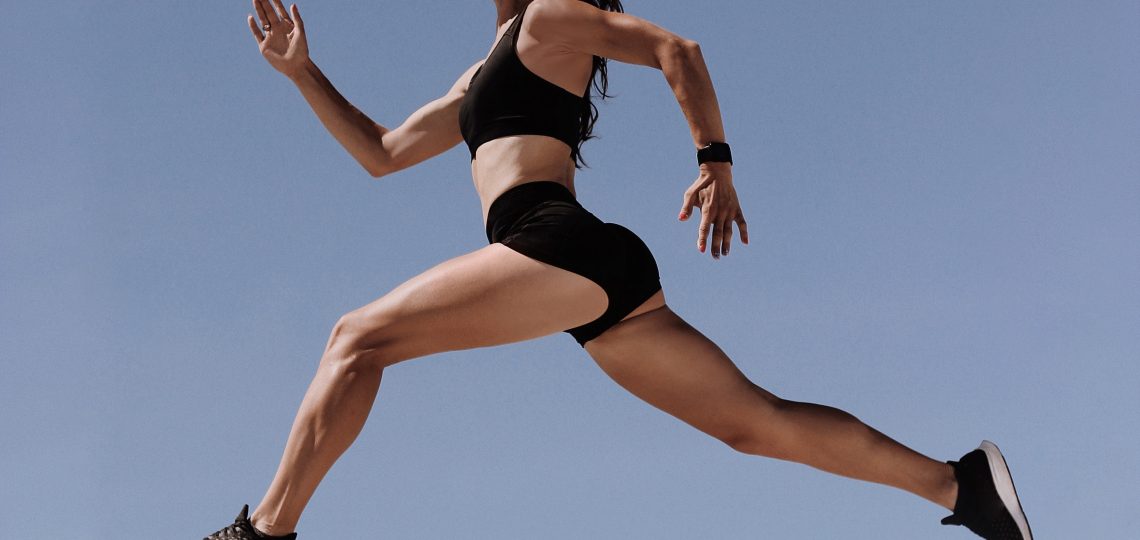
Injury Prevention in CrossFit
Regular physical exercise is essential for maintaining good health and fitness. CrossFit has gained immense popularity in recent years due to its high-intensity workouts combining functional movements from various disciplines. While CrossFit can provide many benefits, it is important to prioritize injury prevention to ensure the safety and well-being of participants. In this article, we will explore effective strategies to prevent injuries in CrossFit training.
1. Warm-Up and Cool-Down
A proper warm-up before each CrossFit session is crucial for injury prevention. It prepares the body for the intense exercise ahead, increases blood flow to muscles, and enhances flexibility. A dynamic warm-up that involves stretching, mobility exercises, and light cardiovascular activities helps activate the muscles and joints.
Similarly, a cool-down after a workout is essential to bring the heart rate down gradually and prevent muscle stiffness. Incorporate static stretches targeting major muscle groups to improve flexibility and reduce the risk of injuries caused by tight muscles.
2. Focus on Technique
One of the most important aspects of injury prevention in CrossFit is mastering proper technique. Before increasing the intensity or adding weights, it is crucial to ensure that you have a solid foundation in performing movements correctly. Incorrect form can put excessive strain on muscles and joints, leading to injuries.
Working with a qualified CrossFit coach or trainer is highly recommended, especially for beginners. They can provide guidance and corrections to help you learn the correct technique for exercises such as squats, deadlifts, and overhead presses. Paying attention to your body alignment and engaging the right muscles during movements will reduce the risk of injury.
3. Gradual Progression
A common mistake in CrossFit is trying to push too hard too soon. It is essential to progress gradually, especially when starting out or returning from a break. Listen to your body and avoid overexertion. Increase the intensity, duration, or weights of your exercises gradually to allow your body to adapt and minimize the risk of overuse injuries.
Additionally, incorporating periodization into your training routine can help prevent overtraining. Periodization involves dividing your training into different phases with varying intensity and volume to optimize performance while minimizing the risk of injury.
4. Rest and Recovery
Rest and recovery are just as important as the workouts themselves. CrossFit workouts can be intense and physically demanding, placing stress on muscles and joints. Giving your body adequate time to recover is crucial to prevent overuse injuries and optimize performance.
Include regular rest days in your training schedule. These rest days allow your body to repair and rebuild muscles while reducing the risk of fatigue-related injuries. Additionally, prioritize sleep, hydration, and proper nutrition as these factors contribute to effective recovery and injury prevention.
5. Listen to Your Body
When it comes to injury prevention, listening to your body is paramount. Pushing through pain or discomfort can lead to serious injuries. If you experience sharp pain, persistent discomfort, or any unusual sensations during a workout, it is crucial to stop and seek medical advice.
Modify exercises or workouts, if necessary, to accommodate any limitations or existing injuries. CrossFit workouts can often be scaled or modified to suit individual capabilities, ensuring a safe and effective training experience.
6. Incorporate Mobility and Stability Exercises
Mobility and stability exercises play a key role in mitigating the risk of injuries in CrossFit. These exercises focus on improving joint range of motion, muscle flexibility, and overall body stability.
Incorporate exercises that target areas commonly prone to injuries, such as the shoulders, hips, knees, and ankles. Foam rolling, stretching, and yoga can help improve overall mobility and flexibility, reducing the chances of muscle strains or joint sprains.
7. Proper Equipment and Safety Measures
Using proper equipment is vital for injury prevention in CrossFit. Ensure you have appropriate footwear with good support and traction to provide stability during workouts. This can help prevent slips and falls, especially during exercises like box jumps or rope climbs.
Additionally, implement safety measures such as wearing protective gear like knee sleeves or wrist wraps when necessary. Utilize any available safety mechanisms or spotters for exercises like heavy lifting or gymnastic movements.
Conclusion
I injury prevention is crucial for anyone participating in CrossFit. By following the strategies outlined in this article, such as warming up properly, focusing on technique, gradually progressing, prioritizing rest and recovery, listening to your body, incorporating mobility exercises, and using proper equipment, you can significantly reduce the risk of injuries and enjoy the many benefits of CrossFit safely. Always prioritize your safety and consult with a medical professional or qualified trainer if you have any concerns or questions.